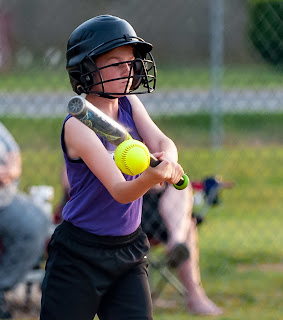A Look at Shutter Speeds
A few weeks back I looked at Apertures. This time I'm looking at shutter speeds. The range of apertures available depends on the lens you are using. The range is to some extent, at least, dependent on how much you paid for the lens. Shutter speeds however, depend on the camera itself and you will have the same range for all lenses on that camera. One price controlled difference is that usually a more expensive camera will have a faster top shutter speed. Shutter speeds range from the fastest usually 1/8000 sec while less costly cameras fastest may be 1/1000 or 1/2000 sec. The slowest shutter speed built into the camera is, in most all cameras, 30 sec. In most cameras if you attempt to adjust the shutter speed to a speed longer than 30 sec your display will change to "bulb". The "bulb" speed will allow you to take exposures of any time length merely by pressing the shutter button down and holding it there. If you hold it down for 1 minute your shutter speed will be 1 minute. If you hold your shutter button down for a half-hour your shutter speed will be a half-hour. You can hold the shutter button down for any length of time. Since it is nearly impossible to hold the shutter button down without moving the camera (even on a tripod) most photographers use a remote shutter release. The remote can be connected by a wire or wireless and all remotes I have seen can be locked in the on position and will therefore not need to be held with your finger for long exposures.
OK the above will give you an idea what range of shutter speeds to expect from your camera now let's look at what this means for the photos you take. In the manual mode longer shutter speeds mean a brighter image while faster speeds give a darker image. But let's make use of the cameras computer and set the camera to it's Shutter preferred mode. That's "S" on a Nikon and "Tv" on the canon. This mode will allow you to select any shutter speed up to 30 sec (bulb cannot be use in an automatic/semi-auto mode) your cameras computer will select both the aperture and/or ISO necessary to give you a normal exposure if that's possible. Usually a blinking number in your viewfinder will indicate that you have chosen a shutter speed which cannot be used in the current lighting or camera setting conditions.
Coming up a few photos taken at various shutter speeds to give you an idea of what kind of images you may create by using those different speeds.
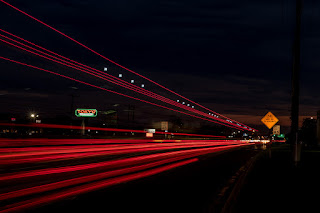 Road Lights: Here a 10 Sec exposure shows trails of auto tail lights. Taking shots of lights will frequently fool your camera's automatic exposure meter so this shot was taken in Manual mode. A couple of test shots were taken to get a good aperture for the final shot.
Road Lights: Here a 10 Sec exposure shows trails of auto tail lights. Taking shots of lights will frequently fool your camera's automatic exposure meter so this shot was taken in Manual mode. A couple of test shots were taken to get a good aperture for the final shot.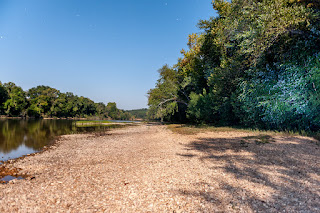 Missouri's Current River Beach: Here a 30 Sec exposure was taken at night with a full moon behind the camera giving the impression of a sun lit afternoon. While I can't see them in this size image. When viewed full-sized I could see a few stars in that blue sky.
Missouri's Current River Beach: Here a 30 Sec exposure was taken at night with a full moon behind the camera giving the impression of a sun lit afternoon. While I can't see them in this size image. When viewed full-sized I could see a few stars in that blue sky.
A 1/500 sec shutter speed froze my grand daughter in mid run and the soccer ball in mid-air above her head.
Back to a slower speed, a 1 sec exposure gives this angel hair look to a beautiful small waterfall.
 Another 1 sec exposure taken on my deck. After pressing the shutter button I quickly zoomed the lens giving me a motion looking blur.
Another 1 sec exposure taken on my deck. After pressing the shutter button I quickly zoomed the lens giving me a motion looking blur.Another shot taken on my deck this time using that "bulb" mode, mentioned above that can be any length at all. This one taken in the dark with just a little light coming through that window on the right. Was exposed by a small flashlight that I was carrying which I used to "paint" each of the chairs and each of the plants, and a little on the rug on the deck. I then closed the shutter and looked to see what I had gotten. The total time was 71 sec. It's all based on guess work and may take a few tries until you get a shot that you like.




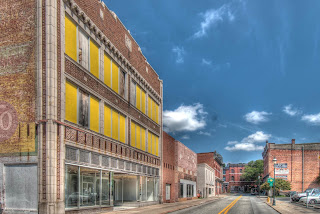






.jpg)
.jpg)

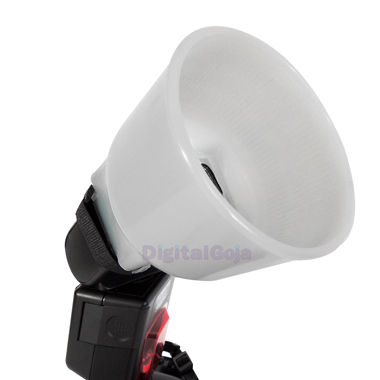
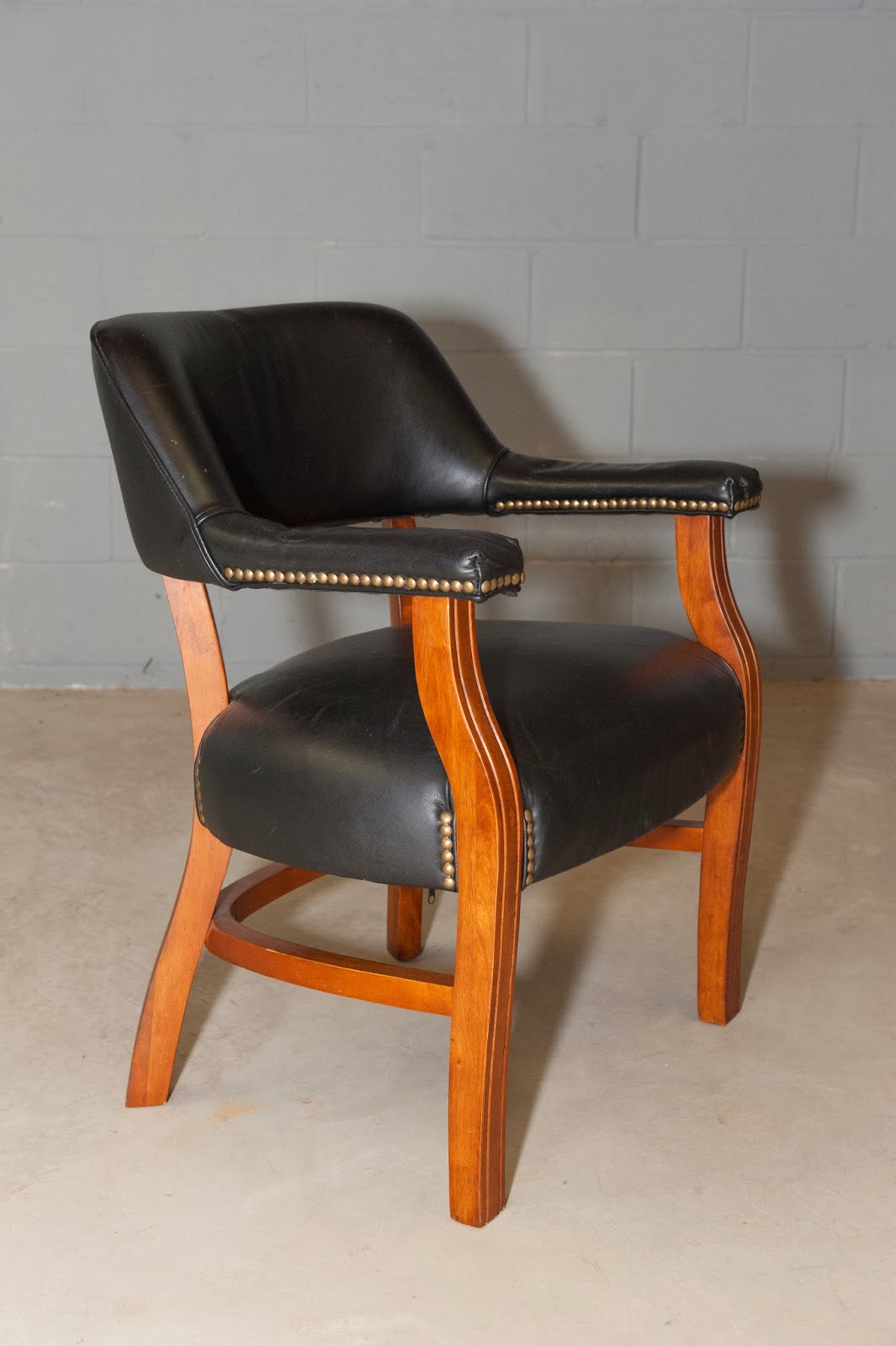.jpg)
.jpg)


